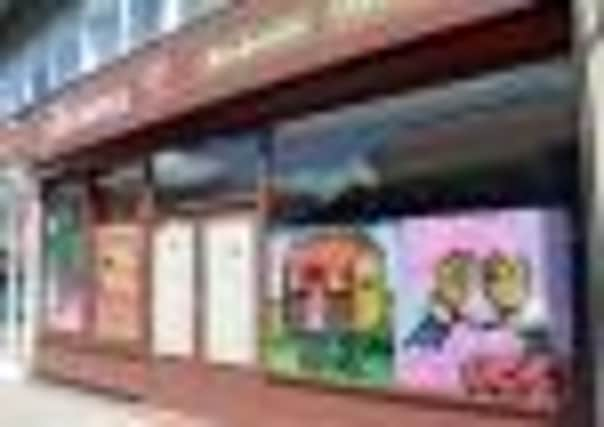What now for empty shops?


As the Standard went to press, the Government was set to unveil 15 towns each to get a cash injection after the second round of bidding for the Mary Portas Pilot scheme.
But despite an improved application being submitted, Gainsborough is not on the list.
Advertisement
Advertisement
The news raises questions about just what can be done to improve trade in the town and bring the growing number of empty shops back into use.
We counted around 20 empty retail units in the town centre - not including pubs and clubs.
In recent months big names like Thornton’s, M&Co, Clinton Cards and Bonmarche have left the town centre.
While some shops in Market Street, Church Street and Trinity Street have been closed for years.
Advertisement
Advertisement
So what is the solution? Why won’t these businesses stay in town? And what is the plan to get Gainsborough back in business?
In March West Lindsey District Council (WLDC) was granted £100,000 from the Government as part of its High Street Innovation Fund.
But the authority is yet to announce its plans for spending the cash.
The Town Centre Partnership - a network of Gainsborough businesses and organisations - has been asked to suggest how the £100,000 High Street Innovation Fund should be spent.
Advertisement
Advertisement
But it remains to be seen whether Gainsborough will see much of the pot, which will be spread across the district
“If the council spent that money on halving business rates for retailers, it would help hugely and it might attract more businesses to town,” said Dawn Barron of Barron Bou clothing boutique in Lord Street.
Dawn is part of the Gainsborough Independent Retailers group, which has been working together for a year towards a brighter, busier, more linked-up shopping experience.
Many small businesses in Gainsborough town centre already qualify for reduced rates, depending on the size of their premises - some by up to 100 per cent
Advertisement
Advertisement
WLDC explained that Gainsborough’s business rates are set and redistributed by the Government, local authorities simply collect the rates.
Businessman John Horsley, of Horsley’s furniture shop in Church Street is another GIR member.
He said meetings with WLDC had so far proved unproductive.
“They support us but they just haven’t got the money to spend,” he said.
“We all live and work here. We need to work together towards a solution to all these empty shops.”
Advertisement
Advertisement
Work has begun to make empty shop fronts look more appealing, using things like community art work.
But the response from empty shop owners has been poor, and only the council-owned Thornton’s shop window in Church Street is being used.
WLDC said councillors and officers were currently looking at how to support more inward investment and business growth, including a review of council services to see how they can be more business friendly.
And a consultation event in September will invite feedback from businesses.
Advertisement
Advertisement
A spokesman said: “Our planning, growth and economic development officers continue to work on proposals for key regeneration sites within the town centre.”
“We have been encouraged by developments such as McDonald’s, and hope to be able to secure further commercial development within the town centre over the coming months, despite very testing conditions.”